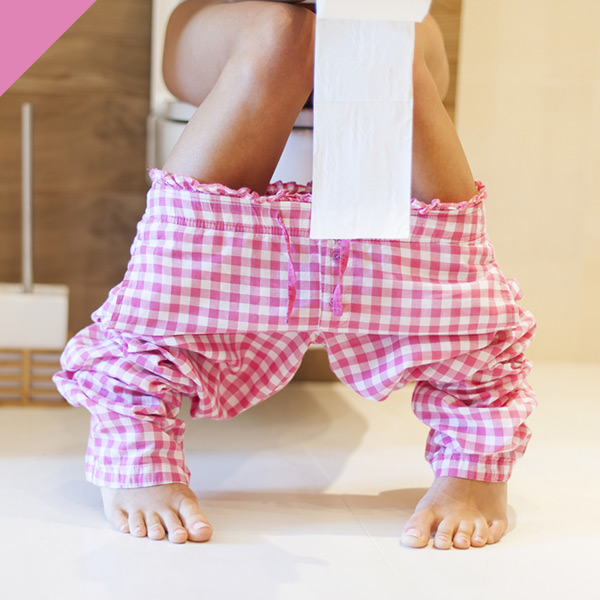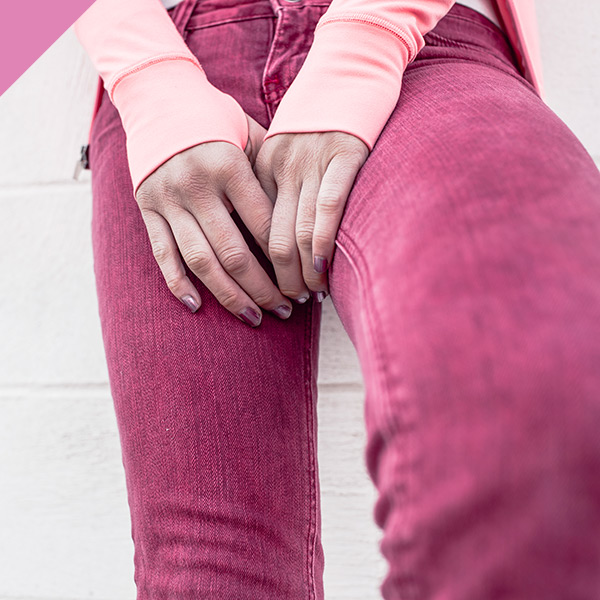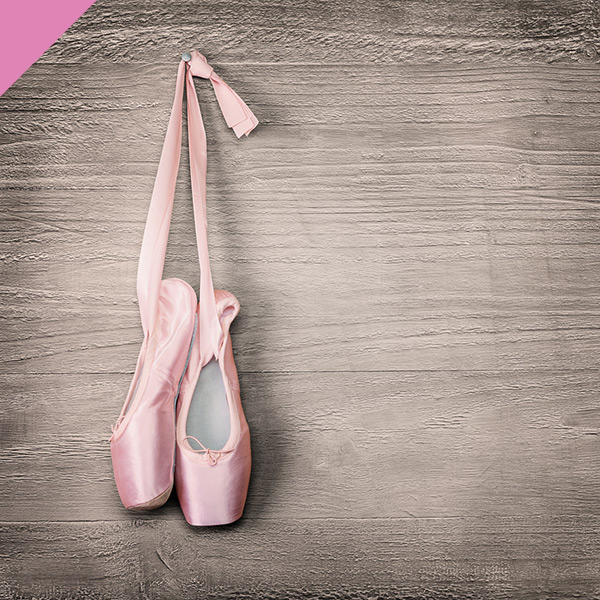The pelvic floor
The pelvic floor plays a central role in our body. The muscle is still unknown to many, even though it is the basis for strength, energy and positive wellbeing. A strong pelvic floor can prevent stress urinary incontinence and descensus-related problems.
Often it is only during an antenatal class that attention is drawn to the pelvic floor and its unique significance, because it usually functions unnoticed, completely naturally and does its job reliably. As a highly elastic section of muscles and supporting tissue, it resonates with every movement and every breath, and keeps internal organs and structures in their anatomically correct position during use, thus enabling an upright posture.
The pelvic floor reacts to changes in tension in the body: it can “hang loose” when the woman feels unwell, it cramps when she “clenches her teeth”. This correlation also works in the opposite direction: a lively, powerful pelvic floor probably also influences facial expressions.
The pelvic floor is a muscle in the body for which one must develop awareness. Only then can you consciously train it to strengthen it.
A strengthened pelvic floor has many advantages: it brings the body back into balance and, through its function in the body, forms an energetic and powerful centre, which can have a positive effect on body, mind and spirit.


A balancing act of the pelvis
The woman’s pelvis is part of her femininity. Pregnancy and birth, but also cyclical experiences like menstruation or menopausal changes and sexuality are experienced through the pelvis.
The pelvis constitutes a closed, but not completely rigid bone ring. Essentially, three bones form the pelvis: the two arched hip bones and the sacrum at the back. The pelvis acts like a balancing frame that takes up the weight of the upper body and transfers it to the legs via the hip joints.
Strong ligaments, strong connective tissue, as well as strong back, pelvic, abdominal and leg muscles keep the frame of the pelvis in balance. This flexible interaction serves a variety of tasks.
As part of the prevention and therapy of bladder weakness and symptomatic descensus, we focus on the following:

– The bladder
The pelvic floor muscles close the urethra when urine accumulates in the bladder. Muscle fibres ensure the full bladder remains tight, even if pressure is built up, for example when sneezing. In order for urine to flow, the pelvic floor muscle must relax. Afterwards, the tension increases again. Overstressing the pelvic floor muscles can lead to bladder weakness and involuntary loss of urine, or a descensus of the bladder.
– The uterus
The pelvic floor muscles are the most important support for the uterus and the unborn child during pregnancy. During birth, the muscles are highly active and stretched. Strong and elastic pelvic floor muscles facilitate the birth and protect against injuries to the pelvic floor tissue.
– The rectum
The pelvic floor supports the rectum. If stool collects in the rectum, the pelvic floor muscles tense up. Targeted release of the muscles leads to bowel emptying. Similar to the bladder compartment, overstressing can lead to anal incontinence and bowel prolapse.
– Sex life
A strong pelvic floor increases sensitivity. Active muscles with a high blood flow trigger rhythmic contractions more easily, especially during orgasm.
Talk to your doctor as soon as you feel signs of weakened pelvic floor muscles, urinary incontinence or symptomatic descensus.
This is because of changes in body tension and posture during pregnancy: the muscles, ligaments and tendons stretch and loosen up, the abdominal muscles are pushed apart, the connective tissue is put under additional strain and the gain in weight increases the pressure on the pelvic floor, which in turn can weaken the muscles.
In order to be able to compensate for the stresses and strains caused by pregnancy in the best possible way, an intact pelvic floor is required. Specific pelvic floor exercises during pregnancy, specialised postnatal rehabilitation exercises and the supportive effect of restifem after the puerperium can prevent unpleasant consequences of an overstrained pelvic floor, such as urinary and faecal incontinence or problems with descensus and prolapse.
Nevertheless, birth injuries can occur during a natural birth. If the pelvic floor is not elastic enough and does not expand enough, muscles, ligaments, perineum and tissue can be injured. Lowering of the bladder, uterus and rectum, or injuries at the vaginal entrance and/or perineum, which can lead to urinary or faecal incontinence, can be the consequences of such birth injuries. It is therefore essential to keep the soft tissue fibres of the pelvic floor muscles elastic. Training, perineal massage, good support during delivery, including a pleasant atmosphere, can provide support towards the recovery of balance.
The pelvic floor after birth needs special attention. First and foremost, it must recover from the stresses and strains of childbirth. See “What is restifem?” for how you can actively and gently influence it.
So that you can enjoy life to the full at any age, targeted pelvic floor training and pessary therapy, especially with restifem, can reduce descensus-related problems or the risk of suffering from stress urinary incontinence.
Talk to your gynaecologist or contact us directly. We are happy to advise you.
balance
control

descensus-related problems




